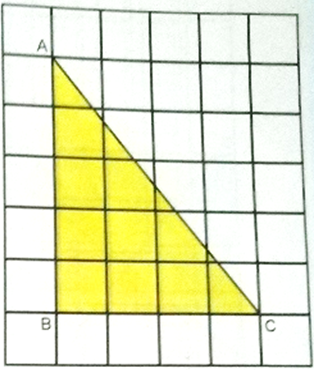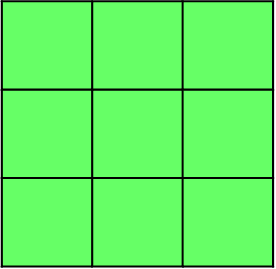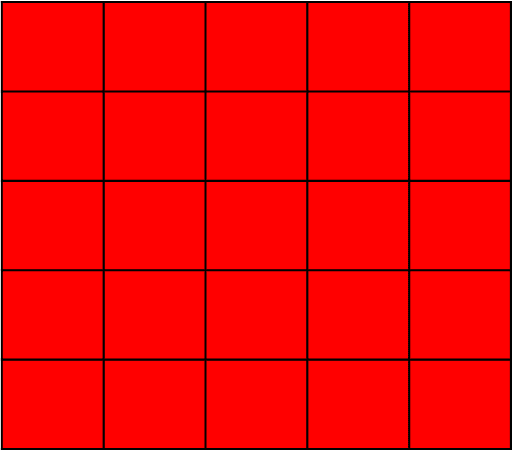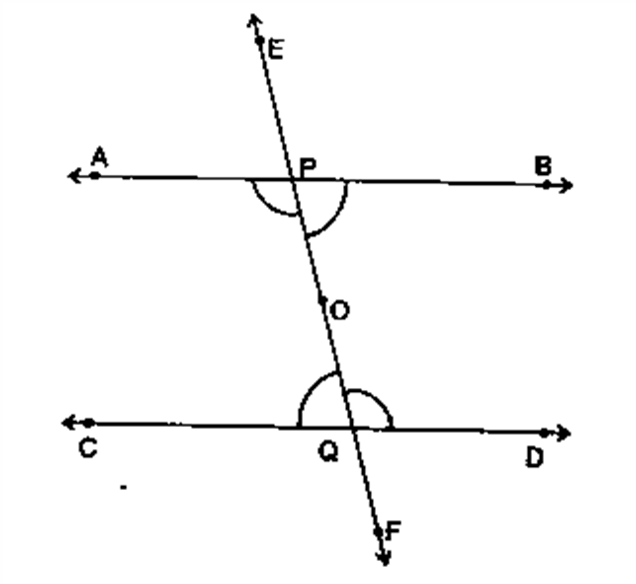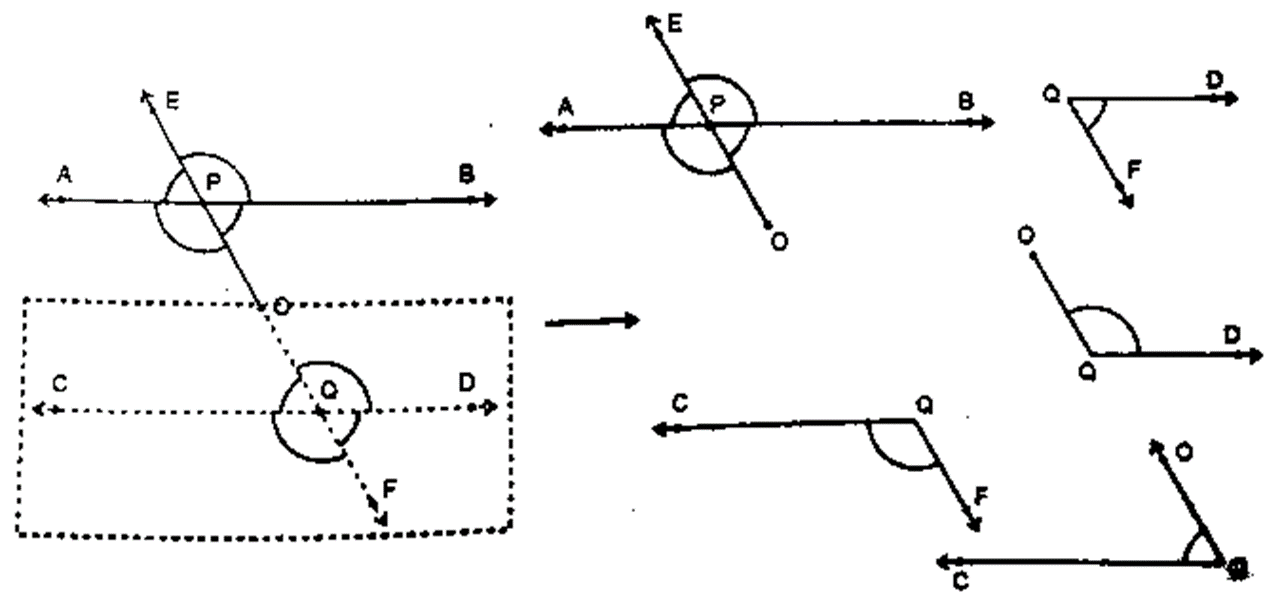ACTIVITY – TRIANGLES- Pythagoras Theorem
Objective:
To verify the Pythagoras theorem by using a squared paper and shading the squares.
Materials Required:
Squared papers, colour pencils, geometry box, etc.
Procedure:
On a squared paper, draw a right triangle ABC whose legs
(sides forming the right angle) are 3 cm and 4 cm,
i.e.,(AB = 3 cm and BC = 4 cm.
Measure the side AC of ∆ABC.
It is 5 cm.
Shade the triangular region ABC.
2. On another squared paper, draw three squares
having sides 3 cm, 4 cm and 5 cm.
Shade each square using different colours and cut them out.
3. Paste these squares along the sides of triangle ABC such that one side of square (a) (green coloured) falls along AB, one side of square (b) (blue coloured) falls along BC and one side of square (c) (red coloured) falls along AC.
Observations :
In figure,
area of the square on side AB = number of small squares inside the square on AB = 9 cm2
Area of the square on side BC = number of small squares inside the Square on BC = 16 cm2
Area of the square on side AC = number of small squares inside the Square on AC = 25 cm2
We find that 9 + 16 = 25 or area of the square on side AB + area of the square on side BC = area of the Square on side AC or AB2 + BC2 = AC2
Conclusion
From the above activity, we can that in a right triangle, the square on the hypotenuse is equal to the sum of the squares on other two sides.
Do Yourself:
on a squared paper, draw the following right triangles (a) AB = 8 cm, BC = 6 cm, ∠ B = 90 °
(b) PQ = 5 cm, QR = 12 cm, ∠ Q = 90 °
In each case, verify the Pythagoras theorem by shading the squares.









